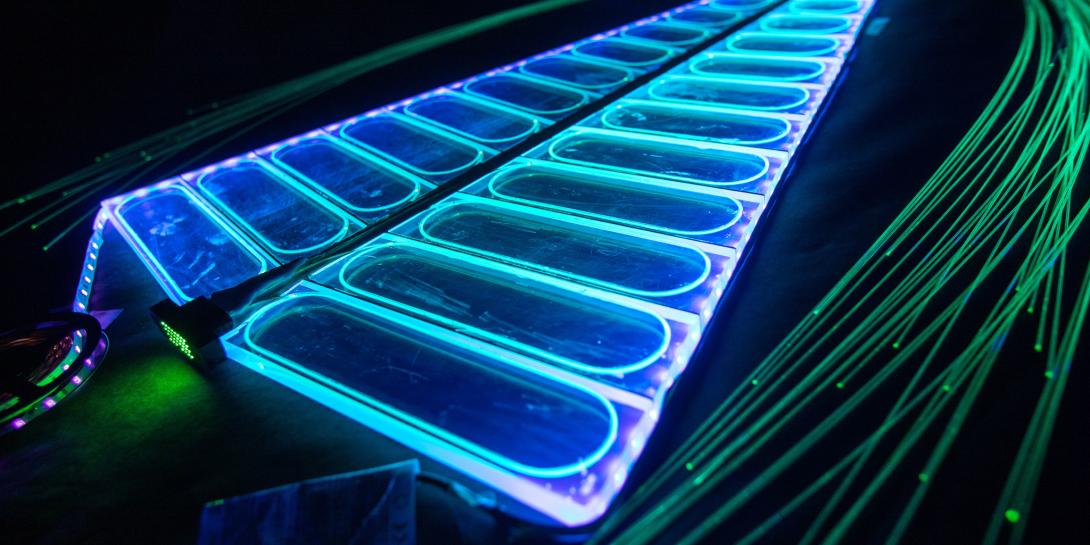Using some of the largest machines ever constructed by humanity, our faculty (R. Reed and A. Knospe) study the interactions of fundamental particles and probe the structure of matter at very small length scales. Ultrarelativistic heavy-ion physics studies the behavior of nuclear matter at extreme temperatures and densities. Powerful accelerators smash nuclei together, melting the protons and neutrons they contain into a novel state of matter, a soup of fundamental particles called the quark-gluon plasma. By studying this state of matter, which existed in the first few microseconds after the Big Bang, our faculty and their collaborators around the world learn about the fundamental properties of the strong nuclear interaction, the force which holds nuclei together. The Lehigh group uses jets (high-energy sprays of particles) and heavy quark-antiquark bound states to study the properties and behavior of the quark-gluon plasma produced in nuclear collisions. At the future Electron-Ion Collider, our faculty will use high-energy beams of electrons to probe the structures of protons and neutrons in unprecedented detail.
Nuclear Physics
Image



